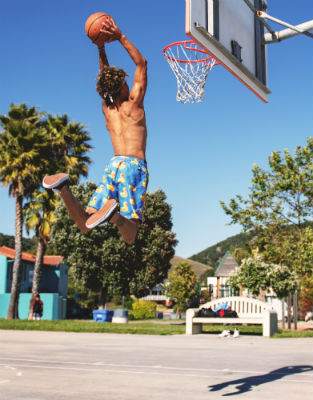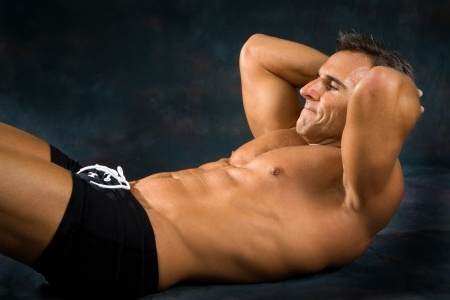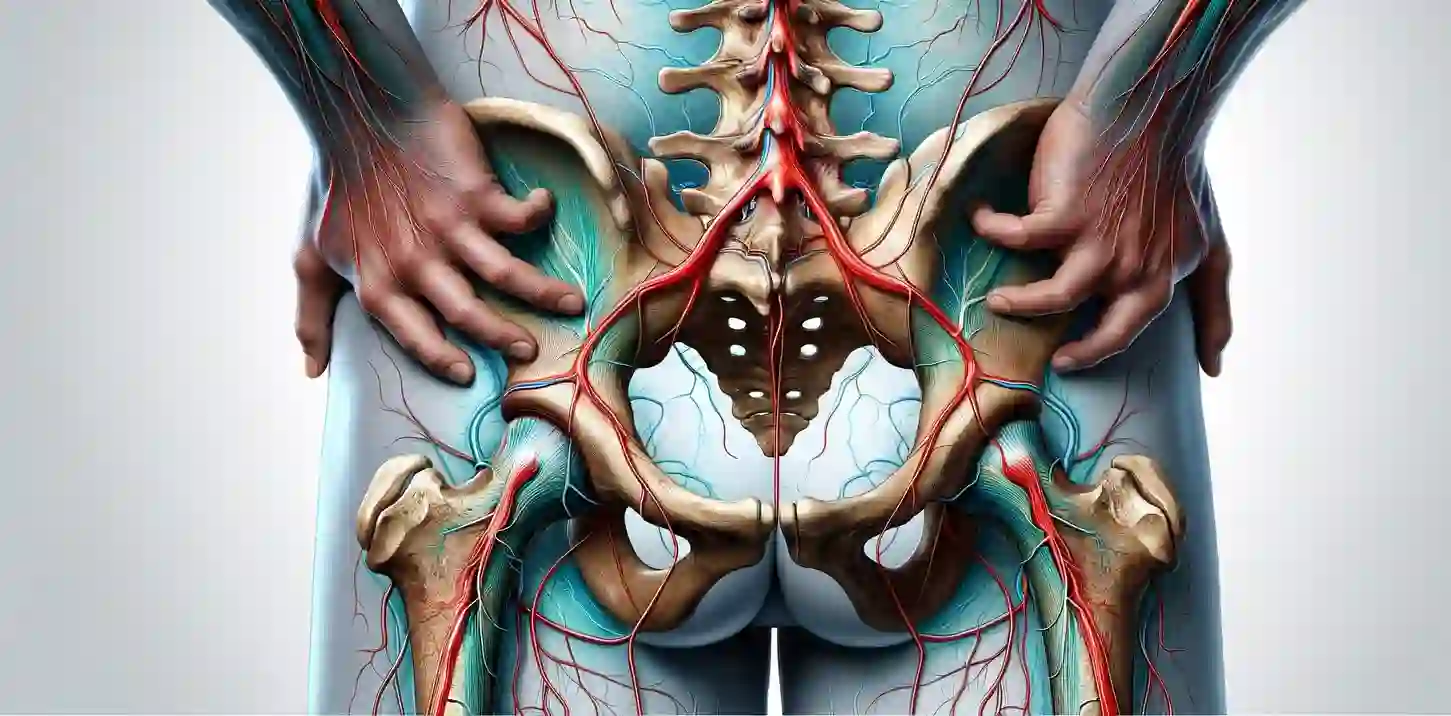Understanding Jumper’s Knee: Insights and Prevention Strategies

What is Jumper’s Knee?
Jumper’s knee, or patellar tendinopathy, often affects athletes in sports requiring frequent jumping, like volleyball and basketball. It causes pain below the kneecap. Despite its previous classification as tendonitis, current understanding shows little to no inflammation, leading to the term tendinopathy.
Symptoms and Identification
Symptoms include swelling, kneecap pain, and diminished vertical jump ability. Diagnosis is mainly clinical, with up to 26% of asymptomatic adolescent basketball players showing potential tendinopathy signs on ultrasound. Yet, routine imaging isn’t advised.

Progression Stages
Tendinopathy can progress from a reactive stage to tendon disrepair and possibly to a degenerative stage, particularly in high-impact sports athletes.
Knee Osteoarthritis: The Best Exercises
How to Prevent Jumper’s Knee
- Increase Knee Strength: Enhance the strength of the knee to reduce the risk of developing a jumper’s knee.
- Moderate Jumping Height: Avoid consistently jumping at maximum intensity; studies indicate a correlation between higher vertical jumps and increased likelihood of jumper’s knee.
- Maintain Healthy Weight: Excessive body weight, especially around the waistline, is associated with a higher incidence of patellar tendinopathy.
- Stretch Hamstrings and Quads: Regular stretching of the hamstrings and quadriceps can help prevent patellar tendinopathy.
- Arch Height Exercises: Perform exercises to increase the height of your foot arch, as flatter feet are linked to a higher risk of jumper’s knee.
- Calf Stretching: Stretch your calves to maintain adequate ankle dorsiflexion, as reduced flexibility in this area contributes to Jumper’s knee.
From Misconception to Prevention
Initially thought to be an inflammation-driven condition (tendonitis), it’s now seen as a non-inflammatory tendinopathy, potentially worsening through repetitive stress. Prevention includes targeted exercises, weight management, and adjusting training intensity and equipment.
By understanding jumper’s knee’s causes, symptoms, and risk factors, and implementing preventive measures, athletes can safeguard their performance and long-term health.
Feel free to share your questions, thoughts and experiences in the comments below, and don’t forget to connect with us on Facebook for more updates and tips on improving your lower back health. We’d also, love to hear your opinions on who you consider the best Toronto chiropractor in the comments below.
Photo Reference:
Research
- Rudavsky A & Cook J, Physiotherapy management of patellar tendinopathy, Journal of Physiotherapy 2014; 60: 122-129.
- Cook JL, Khan KM, Kiss ZS. Patellar tendinopathy in junior basketball players: a controlled clinical and ultrasonographic study of 268 patellar tendons in players aged 14-18 years. Scand J Med Sci Sports 2000; 10: 216–220.
- Malliaras P, Cook JL, Kent PM. Anthropometric risk factors for patellar tendon injury among volleyball players. Br J Sports Med. 2007; 41: 259–263.
- Cook JL, Kiss ZS, Khan KM. Anthropometry, physical performance, and ultrasound patellar tendon abnormality in elite junior basketball players: a cross-sectional study. Br J Sports Med 2004; 38: 206–209.
- Crossley KM, Thancanamootoo K, Metcalf BR. Clinical features of patellar tendinopathy and their implications for rehabilitation. J Orthop Res 2007; 25: 1164–1175.
- Malliaras P, Cook JL, Kent P. Reduced ankle dorsiflexion range may increase the risk of patellar tendon injury among volleyball players. J Sci Med Sport 2006; 9: 304–309.




